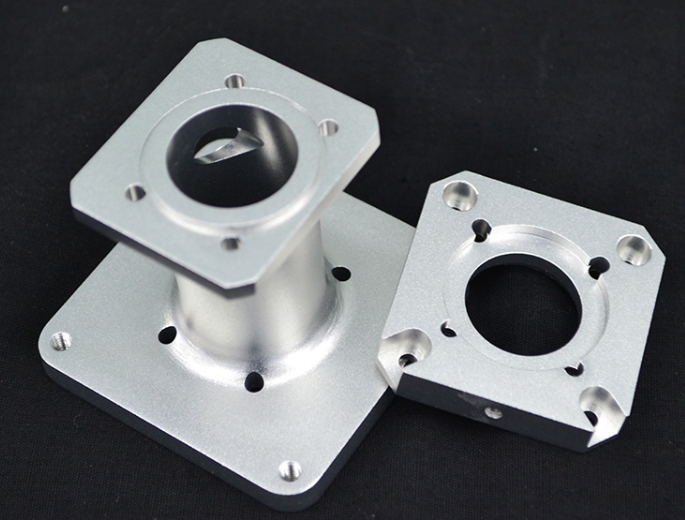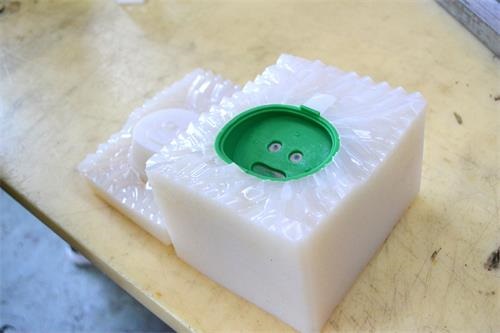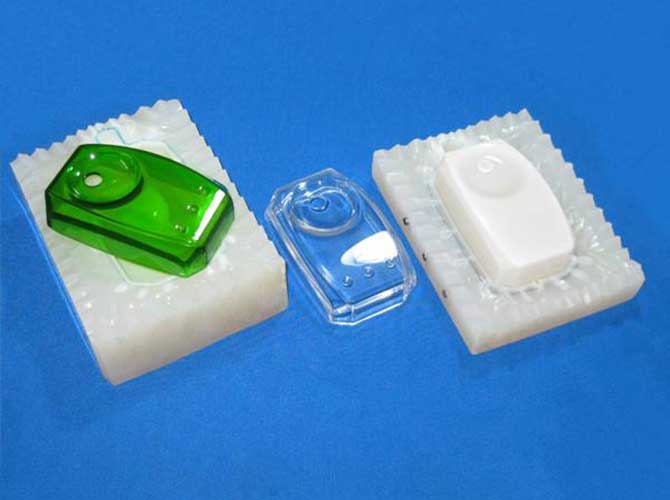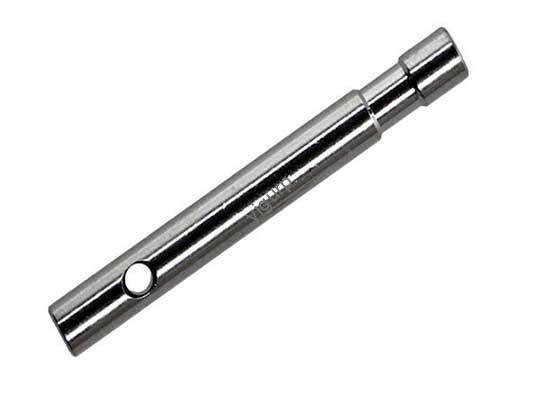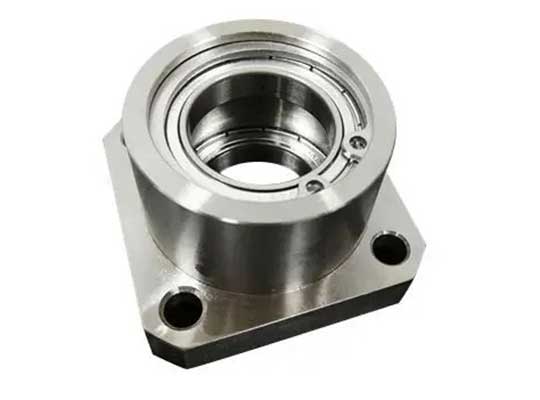If you work with sheet metal fabrication prototype models—whether for automotive, elektronik, or consumer goods—you know that surface treatment is key to boosting durability and appearance. Anodizing is one of the most reliable methods, as it creates a protective oxide film that enhances corrosion resistance and wear resistance. But how do you do it correctly?
Dalam panduan ini, we’ll walk you through every step of anodizing sheet metal prototypes, share critical parameters to control, and include real-world examples to help you avoid common mistakes. Our goal is to make this process simple and actionable for your projects.
1. Pertama: What Is Anodizing for Sheet Metal Prototypes?
Before diving into the steps, Mari kita jelaskan apa anodizing adalah. It’s an electrochemical process that forms a thin, protective oxide film on the surface of metal (most commonly aluminum and its alloys). This film isn’t just a coating—it bonds directly to the metal, so it won’t peel or chip like paint.
Why is this important for sheet metal prototypes?
- Boosts durability: The oxide film resists scratches, dents, and corrosion (perfect for prototypes that need testing in harsh conditions).
- Improves appearance: You can dye the film in almost any color, making prototypes look like final products.
- Extends lifespan: Anodized prototypes last 2–3 times longer than uncoated ones, reducing the need for frequent re-makes.
Nota: Anodizing works best for aluminum and aluminum alloys (Mis., 6061, 5052). It’s not ideal for steel or copper, as their oxide films are less stable.
2. 6 Step-by-Step Process to Anodize Sheet Metal Fabrication Prototypes
Anodizing is a linear process—skip one step, and the final result will suffer. Follow these 6 steps carefully, and you’ll get a high-quality oxide film every time:
Langkah 1: Pre-Treatment (The Most Critical Step!)
Pre-treatment ensures the metal surface is clean and smooth—this is essential for a uniform oxide film. Here’s what to do:
- Degreasing: Soak the prototype in a mild alkaline cleaner (Mis., 5% sodium hydroxide solution) for 5–10 minutes at 50–60°C. This removes oil, grease, and fingerprints.
- Rinsing: Rinse the prototype with cold deionized water for 2–3 minutes to wash off the cleaner.
- Pickling (Optional): For prototypes with rough surfaces, use a dilute nitric acid solution (10–15%) for 1–2 minutes to etch the surface and remove oxidation.
- Final Rinse: Rinse again with deionized water to remove any acid residue.
Contoh: A small automotive shop once skipped degreasing a sheet metal bracket prototype. The anodized film ended up patchy—some areas had no film at all—because oil blocked the electrochemical reaction. They had to redo the prototype, membuang -buang 8 jam.
Langkah 2: Anodizing (Forming the Oxide Film)
Now it’s time to create the protective oxide film. Here’s the process:
- Set up the electrolyte: Fill a tank with sulfuric acid electrolyte (15–20% concentration). This is the most common electrolyte for aluminum anodizing—it’s affordable and creates a uniform film.
- Connect the circuit: Attach the cleaned prototype to the anode (positive terminal) of a power supply. Use a lead plate as the cathode (negative terminal) and submerge both in the electrolyte.
- Control parameters: Turn on the power and set:
- Current density: 1–2 A/dm² (amps per square decimeter) for standard anodizing; 2–5 A/dm² for hard anodizing.
- Suhu: 18–22°C for standard anodizing; 0–10°C for hard anodizing (use a chiller to keep it cool).
- Time: 20–60 minutes for standard anodizing (yields 5–20 μm film); 1–4 hours for hard anodizing (yields 60–2500 μm film).
- Monitor the film: After the set time, remove the prototype. You’ll see a matte, porous oxide film on the surface.
Table: Standard vs. Hard Anodizing Parameters
| Parameter | Standard Anodizing | Hard Anodizing |
| Current Density | 1–2 A/dm² | 2–5 A/dm² |
| Electrolyte Temperature | 18–22°C | 0–10°C |
| Process Time | 20-60 minit | 1-4 jam |
| Film Thickness | 5–20 μm | 60–2500 μm |
| Key Use Case | Decorative prototypes (Mis., kes telefon) | High-wear prototypes (Mis., tool handles) |
Langkah 3: Pencelupan (Adding Color, Optional)
If you want your prototype to match a brand color or stand out, dye the oxide film. Inilah caranya:
- Prepare the dye bath: Mix a water-based organic dye (Mis., Hitam, Merah, Biru) according to the manufacturer’s instructions (usually 1–5% concentration). Heat the bath to 40–60°C.
- Immerse the prototype: Submerge the anodized prototype in the dye bath for 10–30 minutes. The longer you leave it, the darker the color.
- Rinse lightly: Remove the prototype and rinse with cold water for 1 minute to remove excess dye.
Untuk hujungnya: The porous oxide film acts like a sponge—if you skip rinsing, excess dye will bleed later. A electronics company once forgot this step, and their blue prototype turned purple after 2 weeks of storage.
Langkah 4: Hole Sealing (Locking in the Film)
The oxide film is porous (from the anodizing process)—hole sealing closes these pores to boost corrosion resistance and prevent dye fading. Choose one of these methods:
- Hot Water Sealing: Submerge the prototype in deionized water at 95–100°C for 20–30 minutes. The heat causes the oxide to expand and seal the pores.
- Steam Sealing: Expose the prototype to high-pressure steam (100–110°C) for 10–15 minutes. This is faster than hot water and works well for small prototypes.
- Sealant Sealing: Apply a commercial anodize sealant (Mis., nickel acetate-based) with a brush or spray. Cure at 60–80°C for 15 minit. This is best for prototypes with complex shapes.
Langkah 5: Drying
After hole sealing, dry the prototype to prevent water spots:
- Use a clean air compressor to blow off excess water.
- Let it air-dry at room temperature (20-25 ° C.) selama 1-2 jam, or use a low-temperature oven (40-50 ° C.) untuk 30 minit.
Langkah 6: Quality Inspection
Akhirnya, check if the anodized prototype meets your standards. Test these key factors:
- Film Thickness: Use a coating thickness gauge (Mis., eddy current type) to measure the oxide film. It should match your target (5–20 μm for standard, 60+ μm for hard).
- Adhesion: Use a cross-cut test (make a grid of small cuts in the film, then apply tape and pull). No film should peel off—this means good adhesion.
- Color Uniformity: Check the prototype under natural light. The color should be consistent with no streaks or spots.
- Corrosion Resistance: (Optional) Do a salt spray test—expose the prototype to a 5% salt solution for 24 jam. No rust or discoloration means the film is effective.
3. 5 Critical Precautions to Avoid Mistakes
Anodizing is sensitive to small changes—here are 5 precautions to keep your process on track:
- Use deionized water: Tap water has minerals that can leave spots on the oxide film. Always use deionized water for rinsing and electrolyte preparation.
- Control electrolyte temperature: If the temperature is too high (over 22°C for standard anodizing), the film will be thin and weak. Use a chiller to keep it stable.
- Wear safety gear: Sulfuric acid is corrosive—wear gloves, goggles, and a lab coat. Keep a neutralizing solution (Mis., baking soda and water) nearby in case of spills.
- Don’t over-anodize: Leaving the prototype in the electrolyte too long can make the film brittle and prone to cracking. Stick to your set time.
- Handle prototypes gently: The oxide film is hard but can scratch—use soft gloves when handling the prototype after anodizing.
4. Contoh dunia nyata: Anodizing an Aluminum Prototype
Let’s walk through a real case to see how this works. A consumer electronics company needed to anodize 20 aluminum phone frame prototypes (bahan: 6061 aluminium) with a black finish. Here’s what they did:
- Pre-treatment: Degreased with 5% sodium hydroxide (50° C., 8 minit), rinsed with deionized water, then pickled with 12% nitric acid (1 minute).
- Anodizing: Used 18% sulfuric acid electrolyte, 1.5 A/dm² current density, 20°C temperature, 40 minutes time. Film thickness: 12 μm.
- Pencelupan: Immersed in black organic dye (3% Konsentrasi, 50° C.) untuk 20 minit, then rinsed.
- Hole sealing: Hot water sealing (98° C., 25 minit), then air-dried.
- Inspection: Film thickness was 11.8 μm (close to target), adhesion test passed, color was uniform. Semua 20 prototypes met the company’s standards.
5. Yigu Technology’s Perspective on Anodizing Sheet Metal Prototypes
Di Yigu Technology, we’ve anodized over 1,000 sheet metal prototypes for clients in automotive, elektronik, and medical fields. Dari pengalaman kami, pre-treatment and parameter control are the keys to success—skip degreasing or let the temperature spike, and you’ll have to redo the work. We recommend standard anodizing for decorative prototypes (it’s faster and cheaper) and hard anodizing for parts that need high wear resistance. For clients new to anodizing, we offer free process consultations to help them set up their workflow. Anodizing isn’t just a surface treatment—it’s a way to make prototypes look and perform like final products, which speeds up testing and market launch.
6. (Soalan Lazim)
Q1: Can I anodize sheet metal prototypes made of steel?
Tidak, steel isn’t ideal for anodizing. Its oxide film (rust) is porous and unstable—it won’t protect the metal like aluminum’s oxide film. For steel prototypes, use other treatments like powder coating or galvanizing.
S2: How long does the anodized film last on a prototype?
With proper care (no harsh chemicals, minimal scratching), the film can last 3–5 years for standard anodizing and 10+ years for hard anodizing. This is much longer than painted prototypes (which usually last 1–2 years).
Q3: Can I change the color of an anodized prototype later?
Ya, but it’s more work. You’ll need to strip the old oxide film (use a 10% sodium hydroxide solution), then re-anodize and re-dye the prototype. It’s cheaper to choose the right color the first time!
